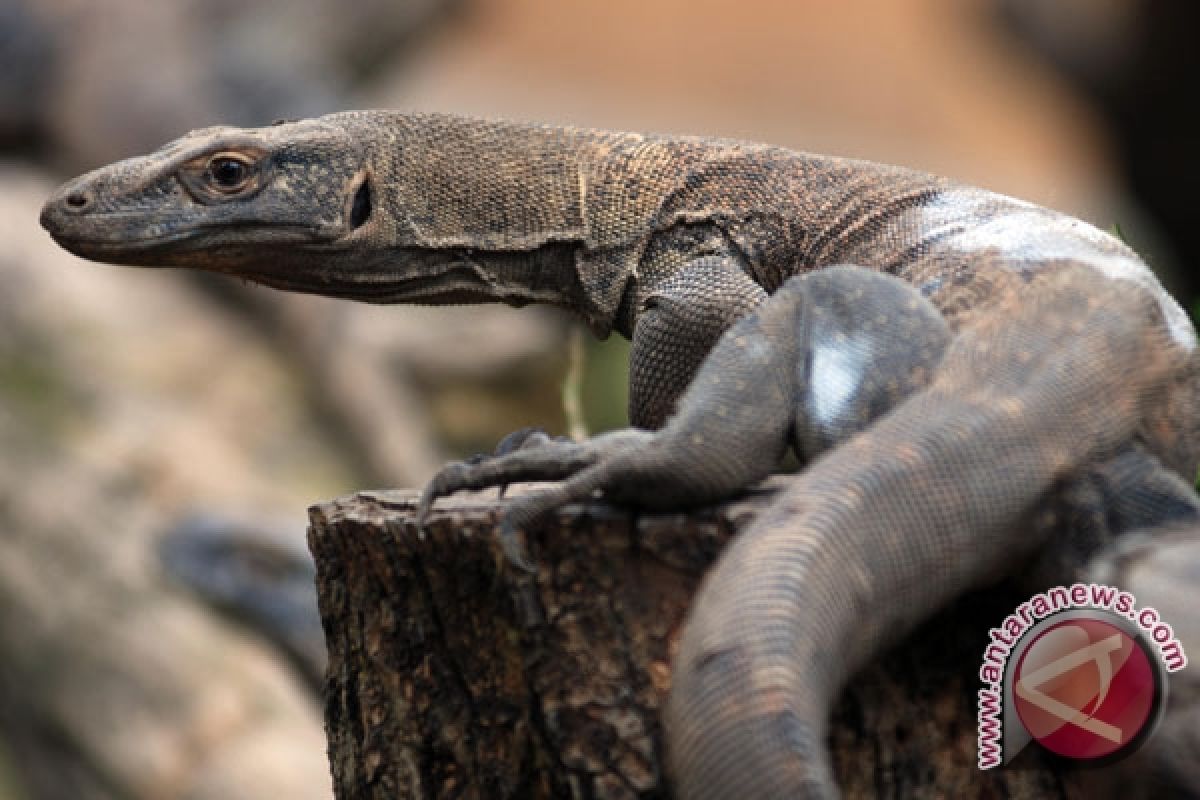But since the past several years, the zoo has seemingly turned into a "place of horror" or "death camp" for the exotic and rare animals kept there as around 2,000 animals have perished mostly due to alleged negligence.
Following a long-time dispute between two managements, Stany Soebakir and Basuki Rekso Wibowo, some 479 animals had died in 2006, and 258 in 2007. In 2008, the number of animal deaths increased to 364 and in 2009 it dropped to 321. In 2010, there were 162 deaths up to September.
The dead animals included birds, reptiles, cheetahs, tigers, lions, mammals, reptiles, fishes, and Komodo dragons.
In August 2010, the government set up a team to temporarily manage Surabaya Zoo, following a decision to revoke the zoo`s operation license.
Forestry Minister Zulkifli Hasan was forced to revoke the operation license of Surabaya Zoo for failing to meet conservation management standards.
The decision to revoke the license was taken after the ministry had closely monitored the zoo management`s performance since 2008, the minister.
"The team has to report to the forestry ministry`s director general of forest and natural resource preservation on the zoo management every three months," the minister said.
The Temporary Management Team (TPS)`s chairman is Tony Sumampau and its members comprise personnel of the forestry ministry and the East Java Governor`s office.
"In principle we will do our best to minimize the deaths of animals in the Surabaya zoo," Tony Sumampau said recently.
He said many of the deaths were caused by the animals` old age, monitoring carelessness, and conditions that were not good for the animals` welfare.
Earlier, Tony Sumampau had recommended the relocation of animals from the facility as their population had exceeded the park`s capacity.
He said on October 30, 2011, that initially the 15-hectare wide zoo only had 1,500-2,000 animals but now their number had increased to over 4,000.
"We now clearly have an overload and therefore relocation must be done soon," he said.
According to Semampau, with the number of animals exceeding the zoo`s capacity, its conditions would deteriorate and make it increasingly difficult to ensure the animals` welfare.
"Then they won`t get the attention they need. In fact, a few of them died recently due to stress," he said.
Despite`s Tony Sumampau claimed that under the management of TPS the zoo had managed to reduce the number of animal deaths, reports on animal deaths continued.
The latest death was a 20-year old female Komodo dragon. A python snake was also found dead in its cage in the zoo on the same day (Tuesday, Nov 8).
In 2011, four Komodo dragons have died and three have been missing in the zoo, which is now has 59 Komodo dragon, the giant lizard.
The latest Komodo dragon`s death has prompted Surabaya city`s administration to come with a plan to take over the management of the Surabaya Zoo immediately without waiting for a green light from the forestry ministry.
"We will take over the Surabaya Zoo. The land belongs to the city administration," Surabaya Mayor Tri Rismaharini said when visiting the zoo here on Tuesday (Nov 8) with in the company of Surabaya Police Chief Senior Commissioner Coki Manurung.
The mayor planned to call a meeting with other regional leaders to discuss the takeover and the security arrangement during the take over process.
"We plan to coordinate with other regional leaders this afternoon (Nov 8)," the mayor said, adding that the zoo`s bad management had caused many animals to die so far.
Tri Rismaharini said she had data on the zoo`s poor management under the Temporary Management Team (TPS) formed by the forestry ministry.
Jusuf Kalla, in his capacity as Komodo ambassador, has reacted to the animal deaths in the zoo. He urged the Surabaya administration authorities to act immediately to save the remaining Komodo dragons and other animals in the Surabaya Zoo.
"Don`t bother about who (did it). When the number of animals is decreasing, the government must tackle it. It`s time that (the zoo) be rehabilitated and promoted," he said in Surabaya on Wednesday (Nov 9).
The government must pay attention to a series of animal deaths in the zoo, otherwise there would be no more animal left for the zoo`s visitors to see, he said.
The Surabaya Zoo is the biggest in Indonesia and in Southeast Asia with no less that 3.500 animals from 400 species of mammals, birds and reptiles.
The zoo was formally opened on August 31, 1916, during the Dutch colonial era, when a group of animal lovers came together and decided to open a zoological garden on an area of approximately 16 ha downtown.
Later it was moved to the present site uptown. The Surabaya Zoo`s collection of animals includes species from Indonesia as well as from many parts of the world such as Africa, Europe, and South America.
Annually the number of visitors to the Zoo reaches approximately 2.5 million.
The 95-year-old zoo was once applauded as a conservation center with the best animal collection in Southeast Asia.
(T.F001/HAJM/O001)
Reporter: by Fardah
Editor: Priyambodo RH
Copyright © ANTARA 2011












